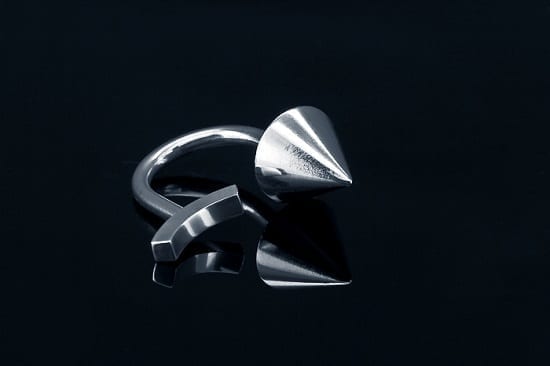
feeder insider w/ David Sandu [en]
Author jewelry wouldn’t have had the same visibility and relevance in Romania if it weren’t for David Sandu. He’s been creating small pieces of art in the form of jewelry for 27 years, and 4 years ago he founded Assamblage School of Contemporary Jewelry, a place where creatives can learn the necessary technique to express their ideas, a guide for those who want to practice this craft. We talked about his work and the importance of this form of art in today’s world.

Hello, David!
Here is what feeder would like to know about you:
(please, fill in the blanks)
I always felt good… near a fire or a source of heat.
Two colors I like combining… orange and China green.
The ideal shape… right angle.
A favorite work of visual art… Gerrit Rietveld – Red and blue chair, 1923.
A material I like to work with… wax.
A wish come true… Assamblage School of Contemporary Jewelry and everything it means.
Jewelry is an art… that you can wear.
In a few years, I hope I’ll… take everything I do to the next level.
3 favorite jewelries…
![]()
Necklace DS – silver 925, silicon, wenge

Necklace and ring DS – ebony, pearl, agate silver 925

Ring DS – silver 925

Ana Moca-Grama: Hello, I’m so glad we get to talk! Let’s start with your beginnings: when and how did you discover the world of jewelry? How did you realize it’s a thing you want to do?
David Sandu: I began when I was 13 years old with an unusual apprenticeship. My craftsman Vlad Gherghiceanu taught me the techniques of classic jewelry in a way that’s more interesting for an artist than for a master. In this way, in time, through the things I’ve acquired, the line between artist and master jeweler faded away.
Working with metal ever since childhood was an extraordinary thing that became a constant, a completely natural aspect of my life.

AMG: In 2010 you founded Assamblage School of Contemporary Jewelry. How did it come to be? Can you tell me more about it?
DS: I began holding classes because it was requested from me constantly, for a long time. This gave me the courage to begin structuring an intensive course, which I still teach today, after 4 years. Assamblage is a project that grew steadily, through its course and workshop offers as well as its relevance on the contemporary Romanian jewelry market. The creative people who wanted to express themselves in a professional manner left our classes with viable information.

AMG: What are the school’s areas of study? What to do you focus on, what are the essential things a jeweler must know?
DS: Up until now, the main focus was the technical aspect of jewelry. Next year will bring jewel drawing and theory of composition classes. The way we grow is slow, but steady.
A master jeweler must be able to respond with precision to the requests of a designer, while a contemporary jewelry author must cultivate the capacity to express their own ideas in the technical language of a craft that was structured in a precise form a long time ago.

AMG: In Romania, author jewelry was completely unvalued during communism, the market began recovering relatively late. Where do you think we are right now and what are the aspects that changed in a positive manner?
DS: The last 6 years witnessed a spectacular turn in the world of contemporary Romanian jewelry. There are two main ingredients: Autor and Assamblage, they made things move and set them in the mindset of possibility. A remarkable thing is the creativity and intuition of the artists and designers who saw their own way of expression through this domain.
AMG: When it comes to the negative aspects, what are the hardships that the artists deal with in Romania? How about the buyers?
DS: An extraordinary thing for this gild would be a specific legislation that could regulate differently the manufacturing of precious metals and allow the artists to not legally simulate a production workshop. The Romanian public is extremely open to everything that’s new. It’s important to create the interaction between the public and the artists.

AMG: When it comes to creating jewelry, which are the steps you follow? How do you choose your materials, colors, themes?
DS: Emotion – thought – idea – concept – sketch – project – execution. These are steps that don’t unfold necessarily in this order, but each of them exists in one way or another.
AMG: What do people expect from a jewel, what is its main purpose?
DS: The same they usually expect from art. Emotion, debate, identifying, visual dialogue. As a form of art, author jewelry has the privilege of being worn by those who appreciate it.
AMG: What is one of the most important lessons you’ve learned in all these years of activity?
DS: That I should have courage and trust. That I shouldn’t forget that if I have an idea, for sure there is someone who is willing to listen to it. And that I should enjoy what I do, it’s often a thing we overlook.
AMG: What piece of advice would you share with those who want to enter this domain?
DS: To play as much as they can. To accumulate by experimenting and keep the freshness of the beginning without falling into a routine.

AMG: Thank you very much!
DS: Thank you too!







Pingback: 58 feeder insider interviews | Feeder
Pingback: feeder insider w/ David Sandu [ro] | Feeder